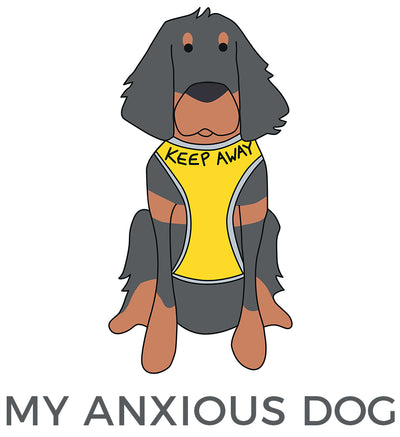There's much to be anxious and stressed about amid the coronavirus crisis and it may be harder than usual to get a good night's sleep. Spending more time indoors, you may have found yourself in a vicious circle of struggling to establish a normal day-to-day routine and feeling anxious.
What actions can you take to relieve anxiety?
Spending time in nature can help relieve stress and anxiety, improve your mood, and boost feelings of happiness and well being. Exercise and other physical activity produce endorphins. Endorphins play an important role in reducing stress and anxiety
Physical activity may help ward off mental health problems before they start. Additionally, research shows exercise can improve the symptoms of many existing mental illnesses.
Anxiety is something everyone experiences at times, and feeling anxious is a perfectly natural reaction to some situations. But sometimes feelings of anxiety can be constant, overwhelming or out of proportion to the situation and this can affect your daily life.
The good news is there are plenty of things you can try to help cope with anxiety, especially with your dog.
I love walking in the woods with Bella, especially when it's quite. Today we walked around Swinley Forest in Berkshire. The woodland is owned and managed by the Crown Estate, and stretches over 2,600 acres of gentle hills. Nature at its finest.
But can our anxiety make our dogs anxious?
Owners with higher stress levels tended to have dogs with higher stress levels too. Study's show that this relationship runs both ways. Owners that experience long-term stress and anxiety can pass it on to their pooches as dogs are quite good at understanding humans.
Just like humans, dogs experience anxiety. Dog anxiety can affect all breeds, but may affect each individual dog differently and can lead to behavioral and other issues.
One of the most common causes of dog anxiety is fear.
Fear-related anxiety can be caused by loud noises, strange people or being attacked by another dog, visual stimuli like hats or umbrellas, new or strange environments, specific situations — like the vet’s or car rides — or surfaces like wooden floors. Although some dogs may only have brief reactions to these kind of stimuli, they may affect anxious dogs more consequentially.
So how can you tell if your dog has anxiety?
There are several important symptoms to look out for aggression, urinating or defecating in the house, drooling, panting, destructive behavior, depression, excessive barking, pacing, restlessness and repetitive or compulsive behaviors.
There are several training strategies owners can use to treat dog anxiety.
One way is counter conditioning.
The purpose of counter conditioning is to change your dog’s response to the stimuli responsible for anxiety, usually by replacing the anxious or aggressive behavior with a more desirable behavior, like sitting or focusing on the owner.
Another training strategy is desensitization.
The owner slowly introduces the dog to the source of anxiety, preferably in small doses and at a decreased intensity. Repeated exposure and rewarding positive behavior can go a long way toward managing anxiety.
Like humans, many dogs will experience anxiety at some point throughout their lives. Although not all dogs will have anxiety that leads to a diagnosable anxiety disorder.
"Dogs are our link to paradise, be the person your dog thinks you are."

